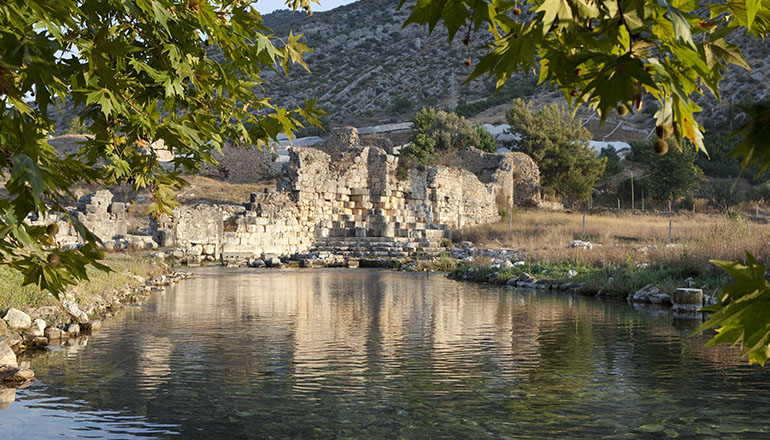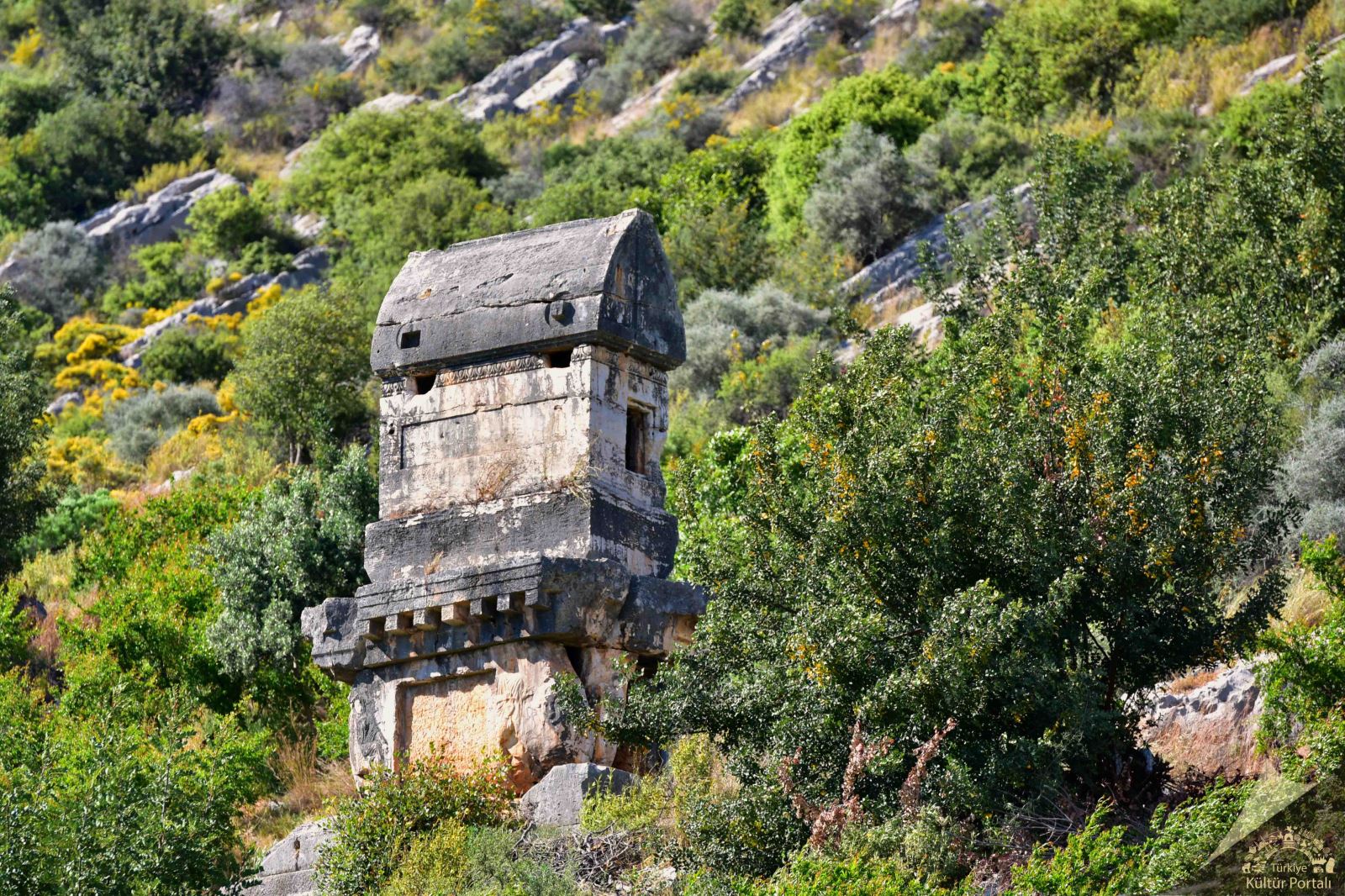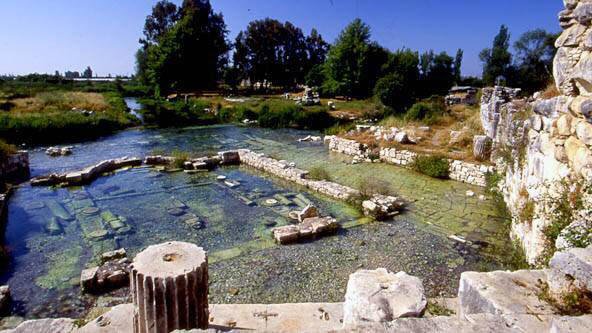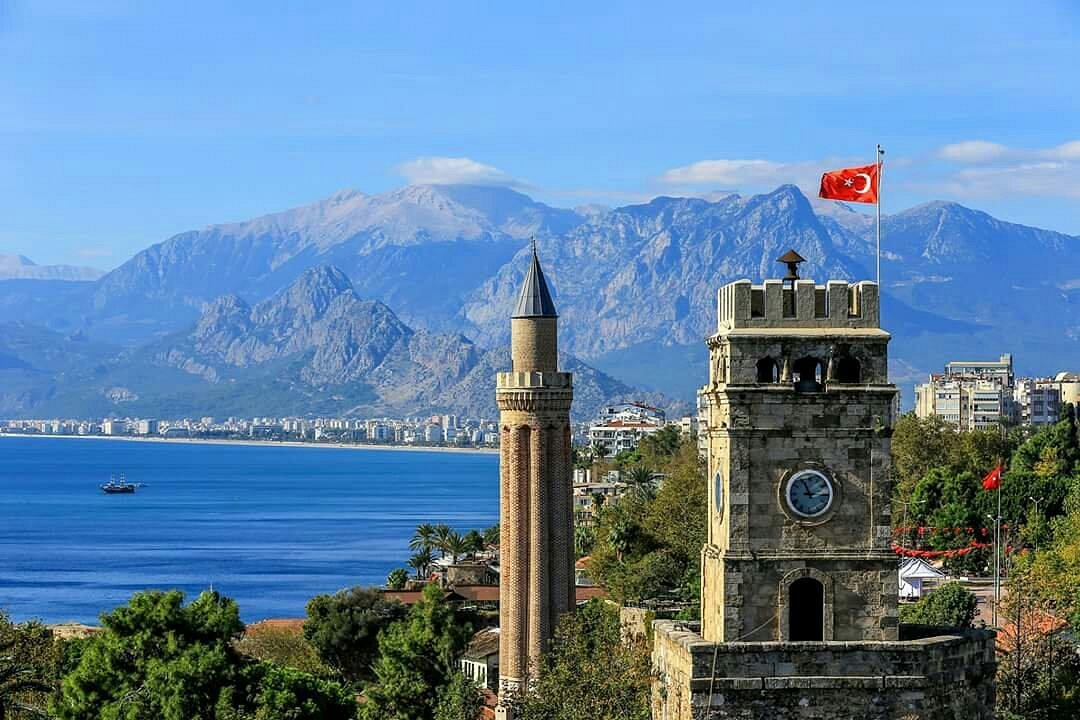Lymra Ancient City Antalya
The history of Lymra Ancient City dates back to the 5th century BC, reaching its peak in the 4th century BC when it served as the capital during the reign of Lycian King Pericles.
The ancient city boasts one of the richest necropolises in the Lycian region, with over 400 rock-cut tombs. Many of these tombs feature inscriptions in the Lycian language. Additionally, the monumental tomb of King Pericles, dating back to the 4th century BC, stands out with its architecture and marble reliefs, which are now exhibited in the Antalya Museum.
Limyra retained its significance during the Roman and Byzantine periods, serving as a bishopric center. However, it was abandoned following the Arab invasions of the 8th and 9th centuries AD. Today, visitors can still see remains such as city walls, cisterns, churches, and a theater.
The monumental tomb of King Pericles, one of Lycia's most famous kings, is notable for its size and intricate reliefs. The Limyra Theater, which had a capacity of approximately 20,000 people, was expanded during the Roman period but suffered significant damage over time due to floods. Limyra is also home to one of the largest rock tomb complexes in Lycia, with over 400 tombs, many of which feature Lycian inscriptions.
Entrance Fee: 70 TL. Free for Museum Pass holders.
Visiting Hours: 08:00 - 17:00
Address: Yuvalılar Village, Turunçova Neighborhood, Finike/Antalya

 English
English
 Türkçe
Türkçe
 русский
русский










 Home
Home
 Services
Services
 Map
Map
 Competitions
Competitions
 My Account
My Account

